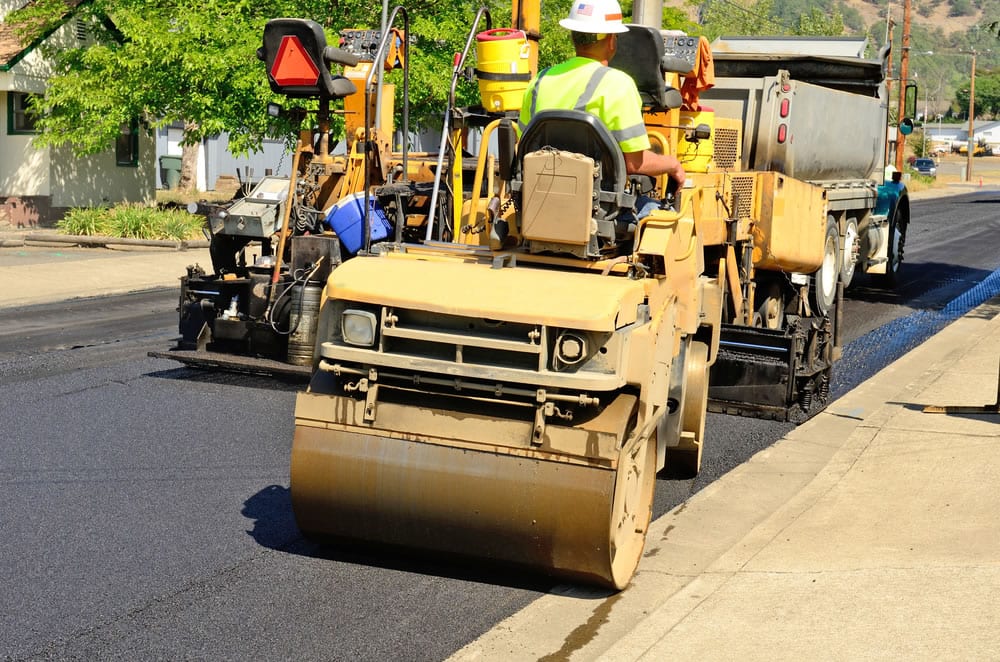Asphalt companies can roll out new pavement in what feels like no time at all. It seems like magic — and it certainly looks that way — but the truth is that there’s a well-established method for laying down new asphalt. If you’ve ever wondered how these companies manage to turn an old, tired parking lot into a new expanse of black, glossy pavement, here’s what you need to know.
Begin at the Very Beginning
The secret to laying new asphalt lies in preparing the worksite. Whether it’s a strip mall parking lot in Phillipsburg or it’s a side street in downtown Trenton, the process is always the same: prepare a road surface for a new coat of asphalt.
Asphalt companies will break out the heavy machinery to remove any existing pavement, removing it and carting it away. In most cases, old asphalt can be recycled in the making of new mix, which makes asphalt paving an environmentally-conscious choice for your parking lot and driveway needs.
Preparing a Solid Foundation
Next, asphalt companies will make sure the new roadbed is ready to receive fresh asphalt. This involves grading the exposed surface to ensure proper drainage. Standing water can lead to cracks and potholes forming, so it’s imperative that roadbeds are sloped to encourage runoff to proper drainage sites.
Then, the most important part of the new road is laid in place: the sub-base. An initial asphalt layer is placed to act as a frost barrier and to further encourage proper grading and sloping. The sub-base is usually thicker and more compact than your typical asphalt road surface to provide that much more extra durability and stability.
The Next Step
Once the sub-base is in and it’s been checked for any spots where it might be in need of re-grading or shoring up, the next step is to add yet another layer called the binder. This is an important component of any new paving surface, as this binder is a layer of large pieces of asphalt-aggregate mixed with oil that provides even more durability and strength.
The binder, the sub base, and the carefully graded bare roadbed are all crucial components that need to be set in place before the last piece of the puzzle is added. Mistakes made here during these phases can result in not just poor drainage but roads that will buckle or form potholes too easily, leading to costly repairs in the future.
The Crowning Glory
Finally, it’s time for that jet-black asphalt you know and love to be rolled out. The final layer, which is composed of smaller pieces of aggregate and sand in addition to oil, is placed atop the binder. Any other last touches, like ensuring any joints where the pavement meets existing roadways or ramps, are added at this time to ensure transitions are seamless.
Then most asphalt companies will smoothe and compact the new pavement by using a roller truck. At this point, a sealcoat may also be added in order to keep your new parking lot or driveway looking pristine for years to come, though sealcoating does require at least an overnight to dry. Otherwise, your brand new pavement is ready to go, thanks to your friendly neighborhood paving company!

